Anti-lens
Blindside gallery, Victoria
Alex Walker, Daniel O'Toole
21 Jun–15 Jul 2023
Alex Walker and Daniel O’Toole’s practices reside at the intersection of analogue and digital processes. Building on a common interest in natural phenomena and the properties of light, this exhibition delves into analogue modes of image manipulation and abstraction derived from the visual language of lenses.
Inspired by the Minimalist aesthetic of the 1960’s California Light Space movement and the playful kinetics of Lazslo Moholy-Nagy’s Light-Space Modulator, Anti Lens presents a series of experiments and their outcomes which re-imagine the form and function of a lens as a tool for degrading and distorting the recognisable rather than focusing and clarifying an image – an Anti-lens.
These experiments employ synthetic materials, architecture and mirrors to alter light waves and create a series of light-based phenomenological experiences within the space. Walker and O’Toole have used industrial methods of fabricating and finishing to create objects that illustrate the visual language of lenses and their antithesis. These objects harness light to create fixed and unfixed images which refract, disintegrate, and draw attention to the very act of perception.
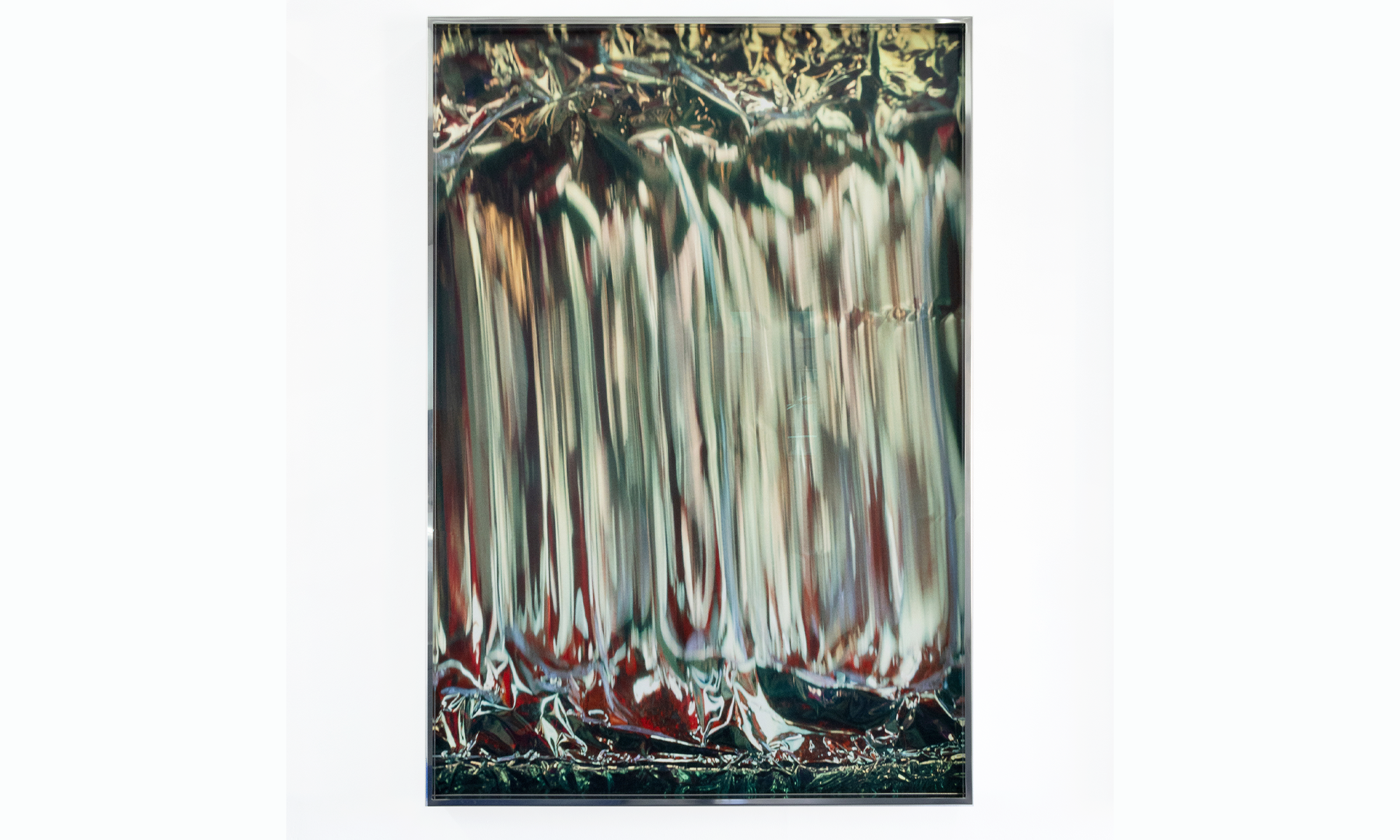
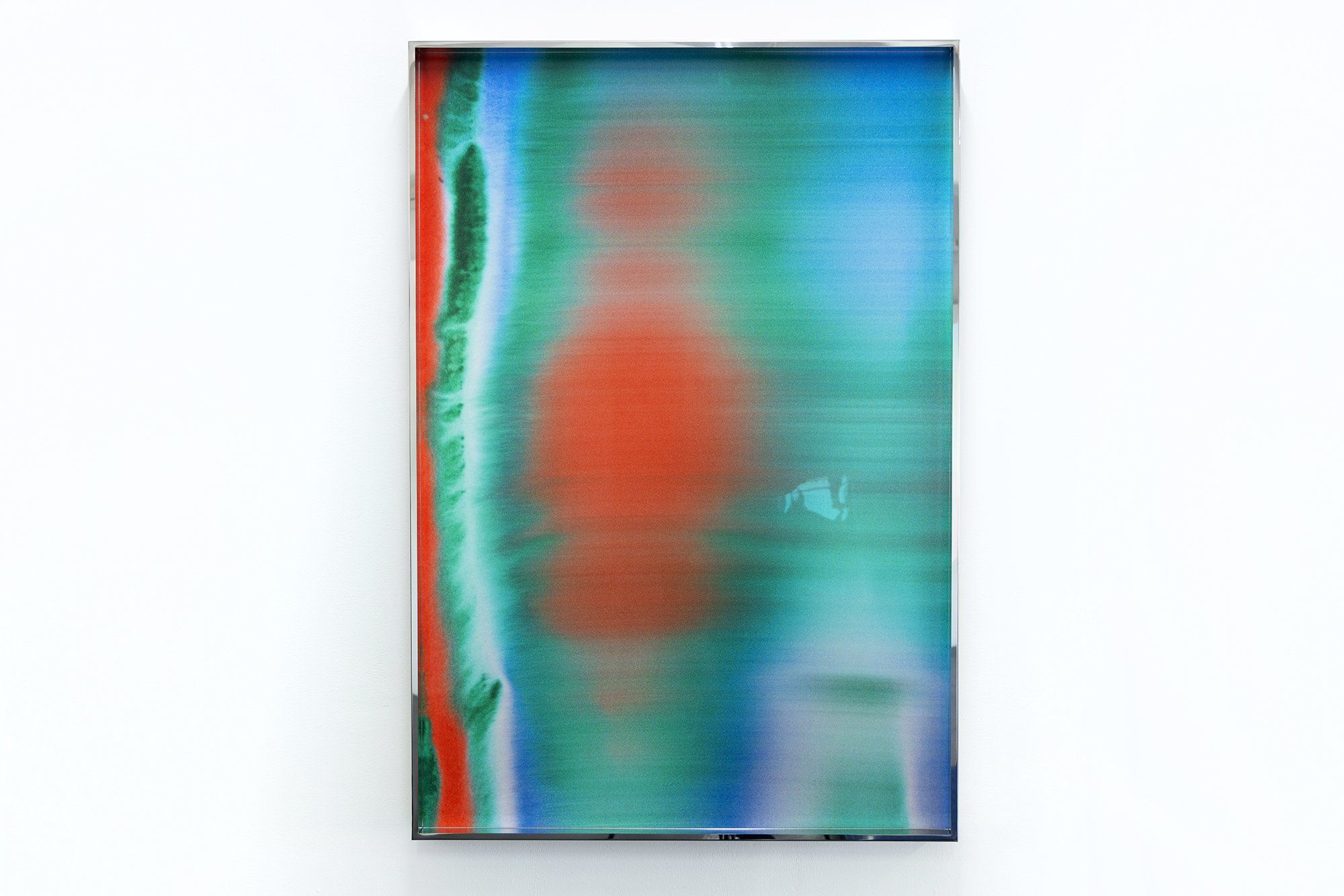
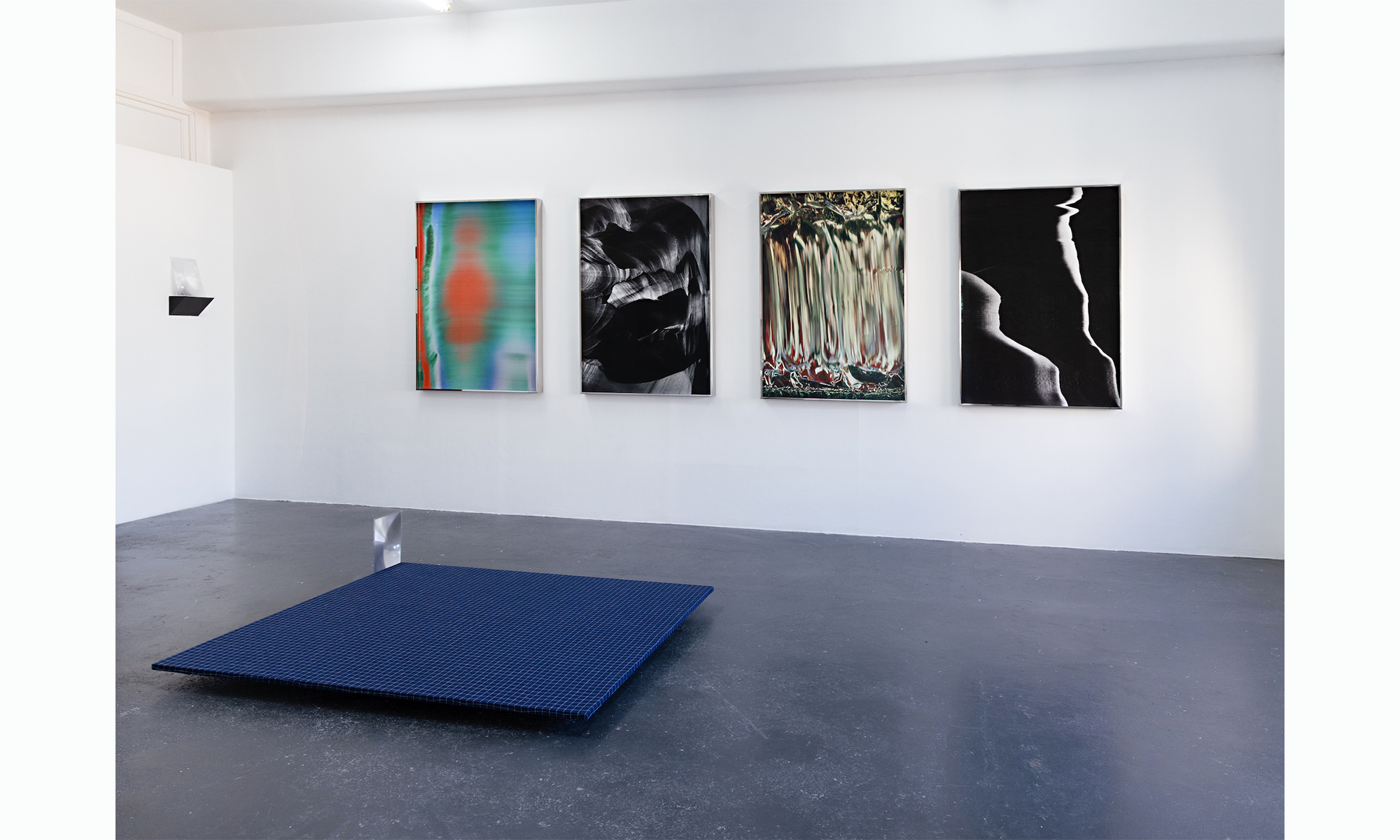

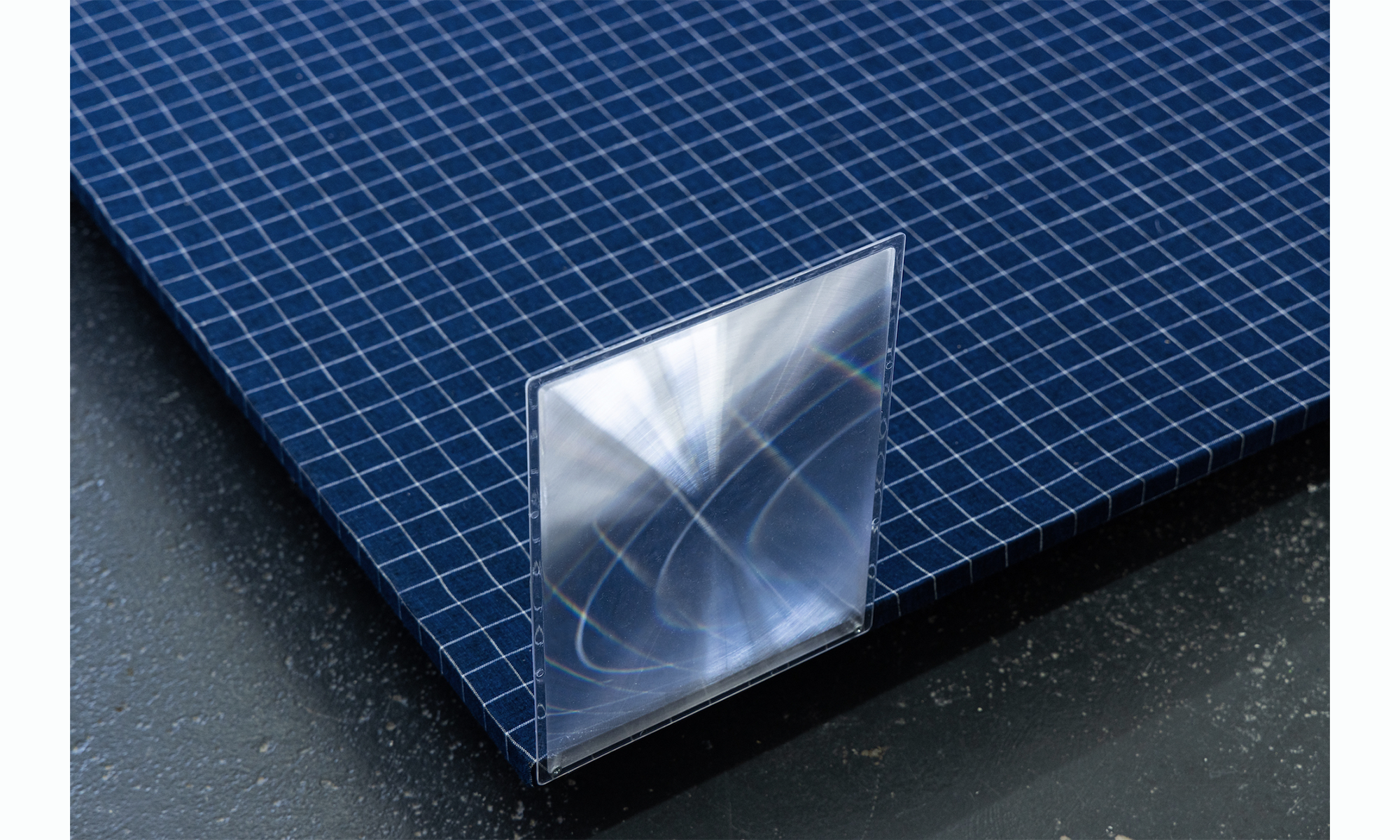
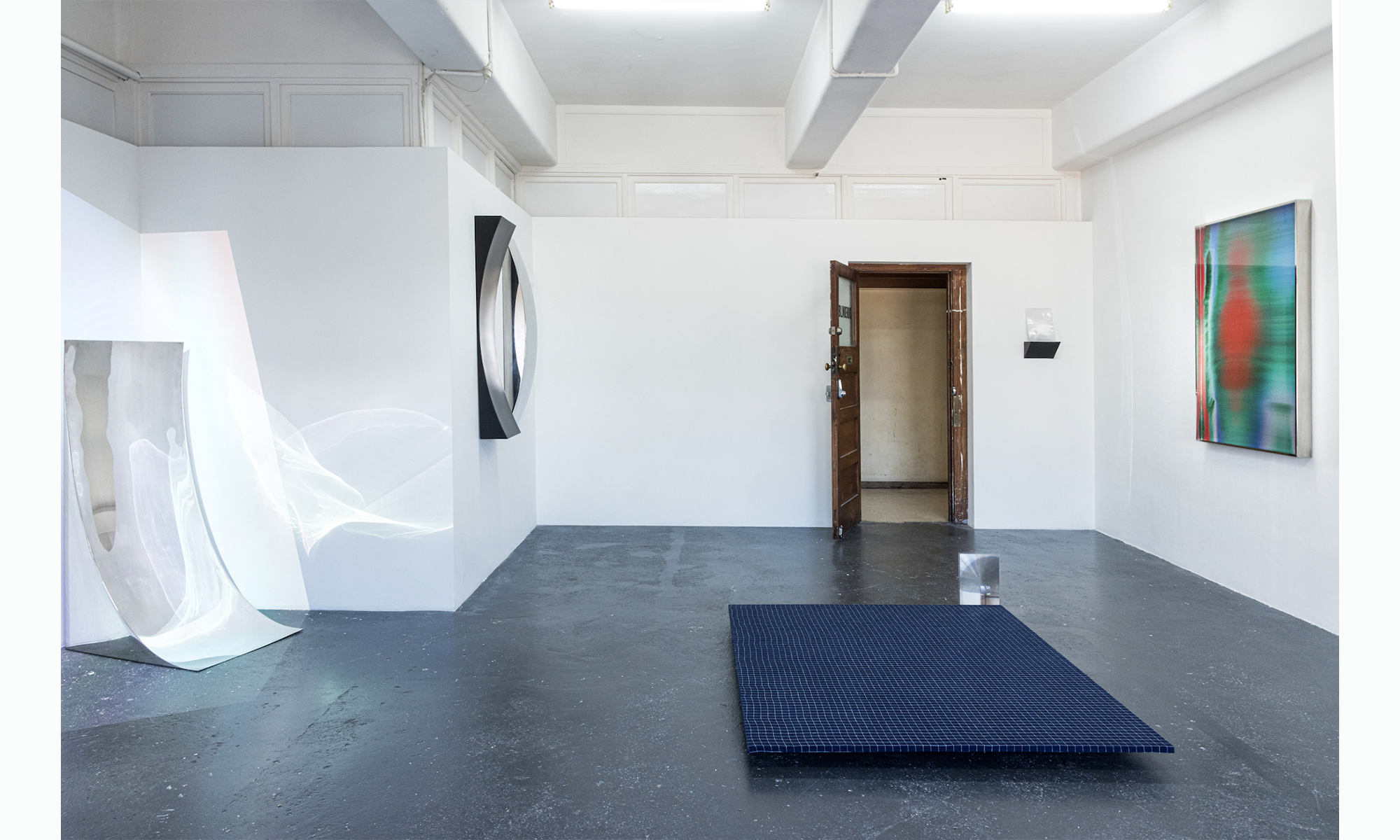
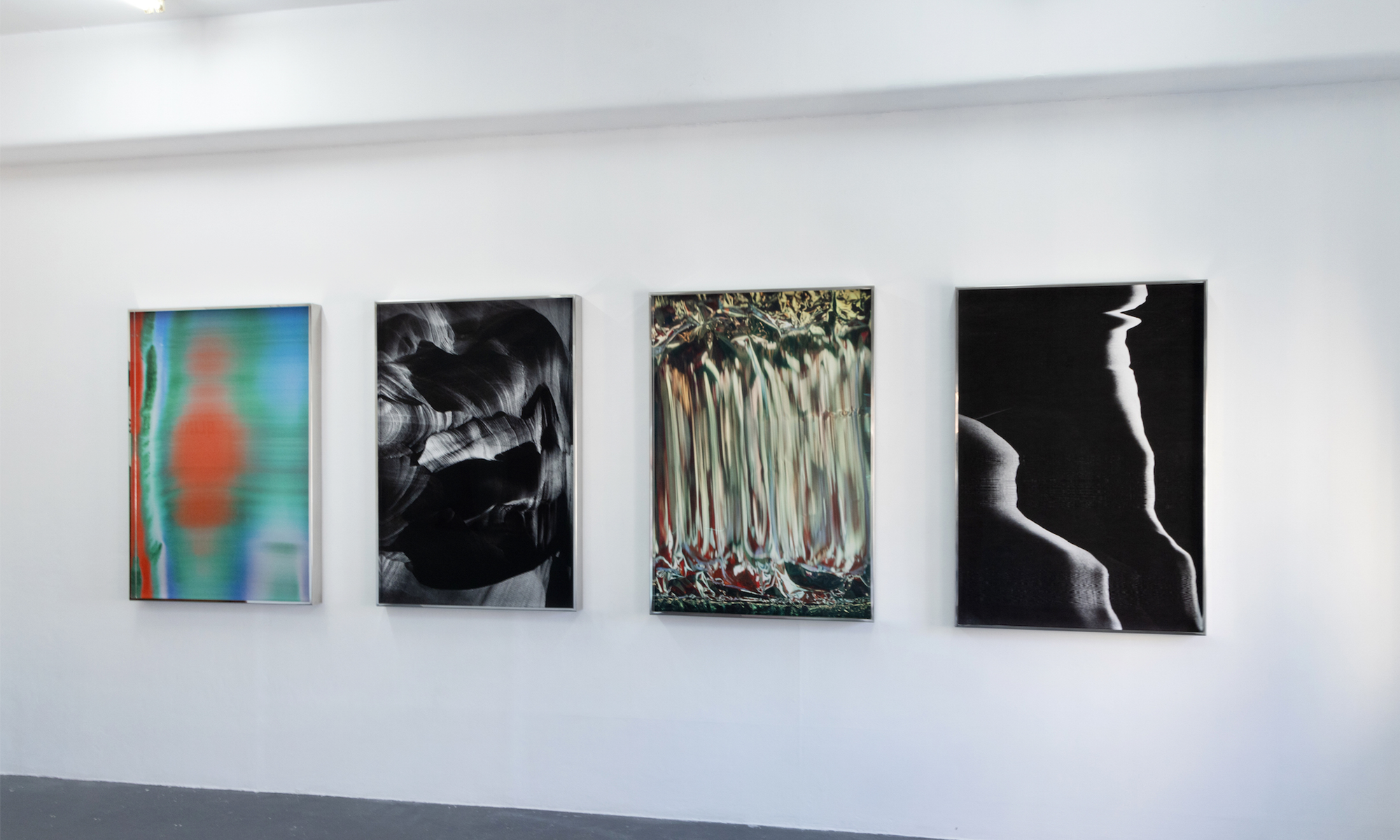
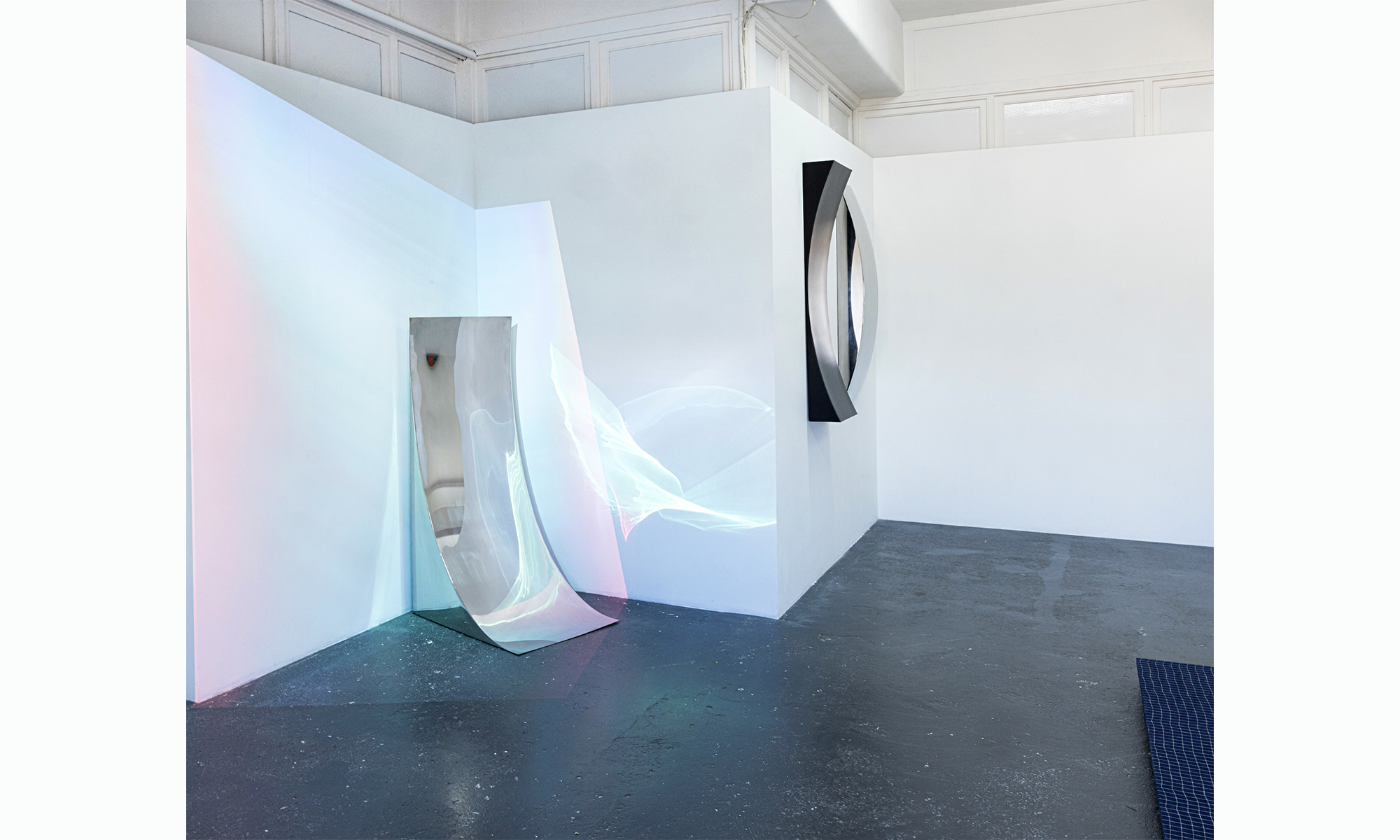
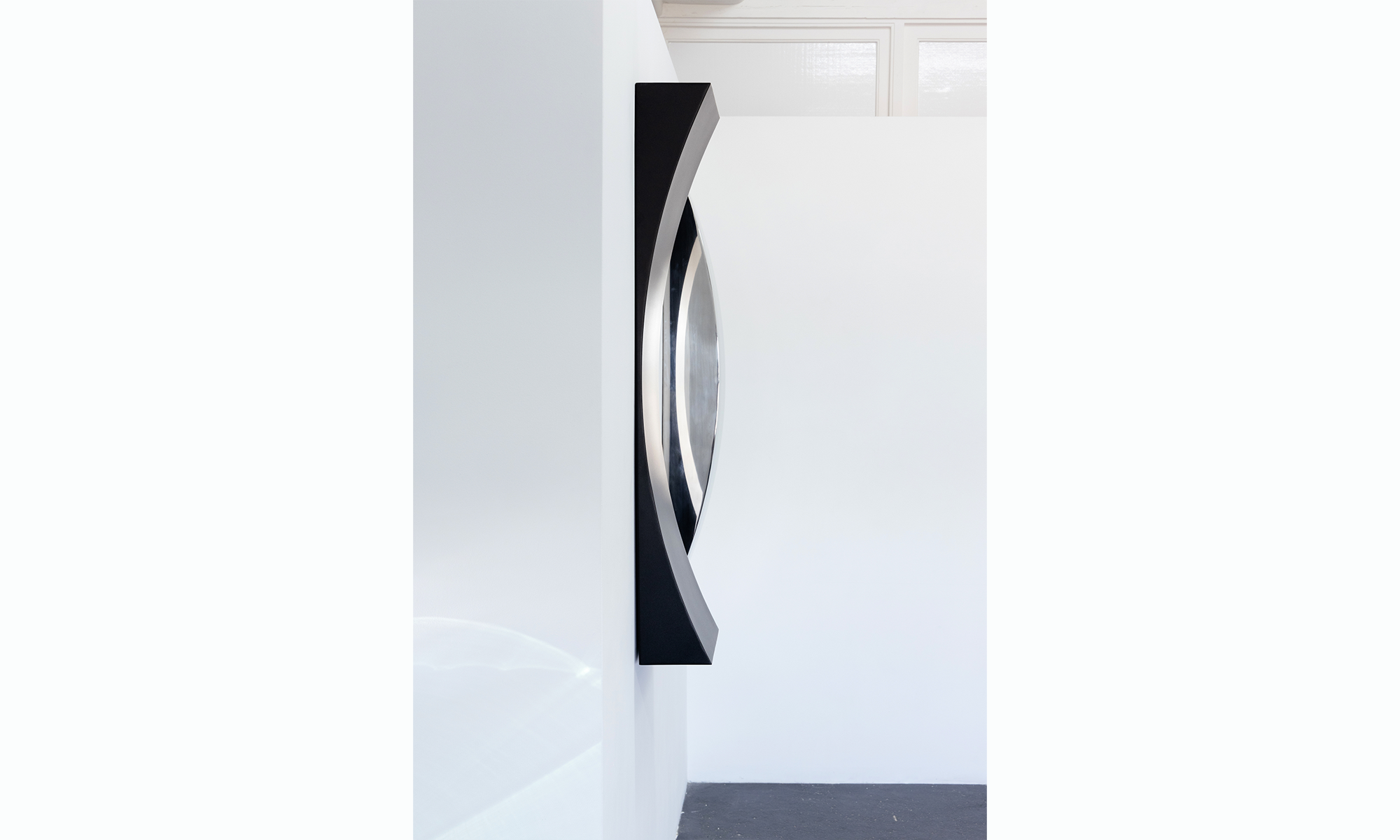
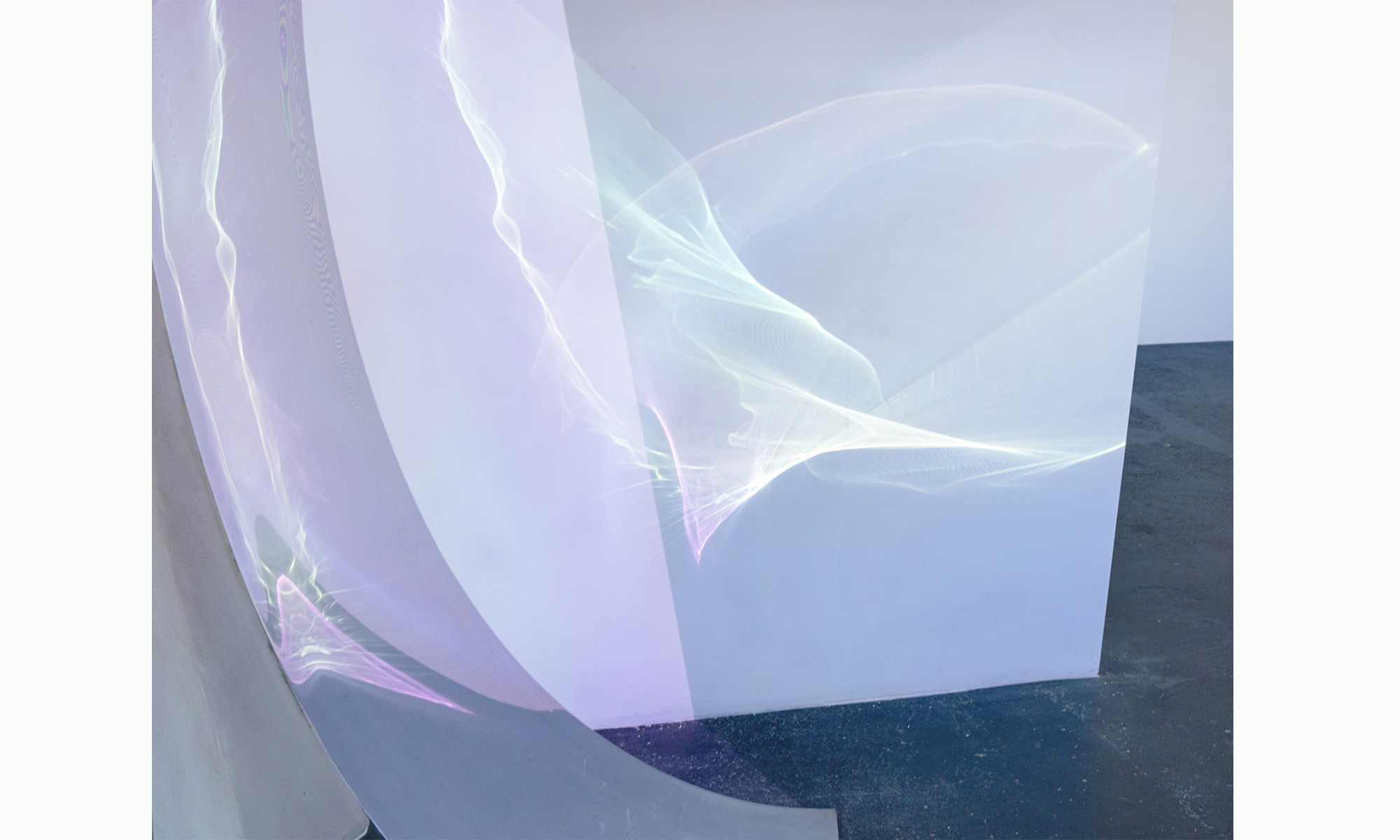

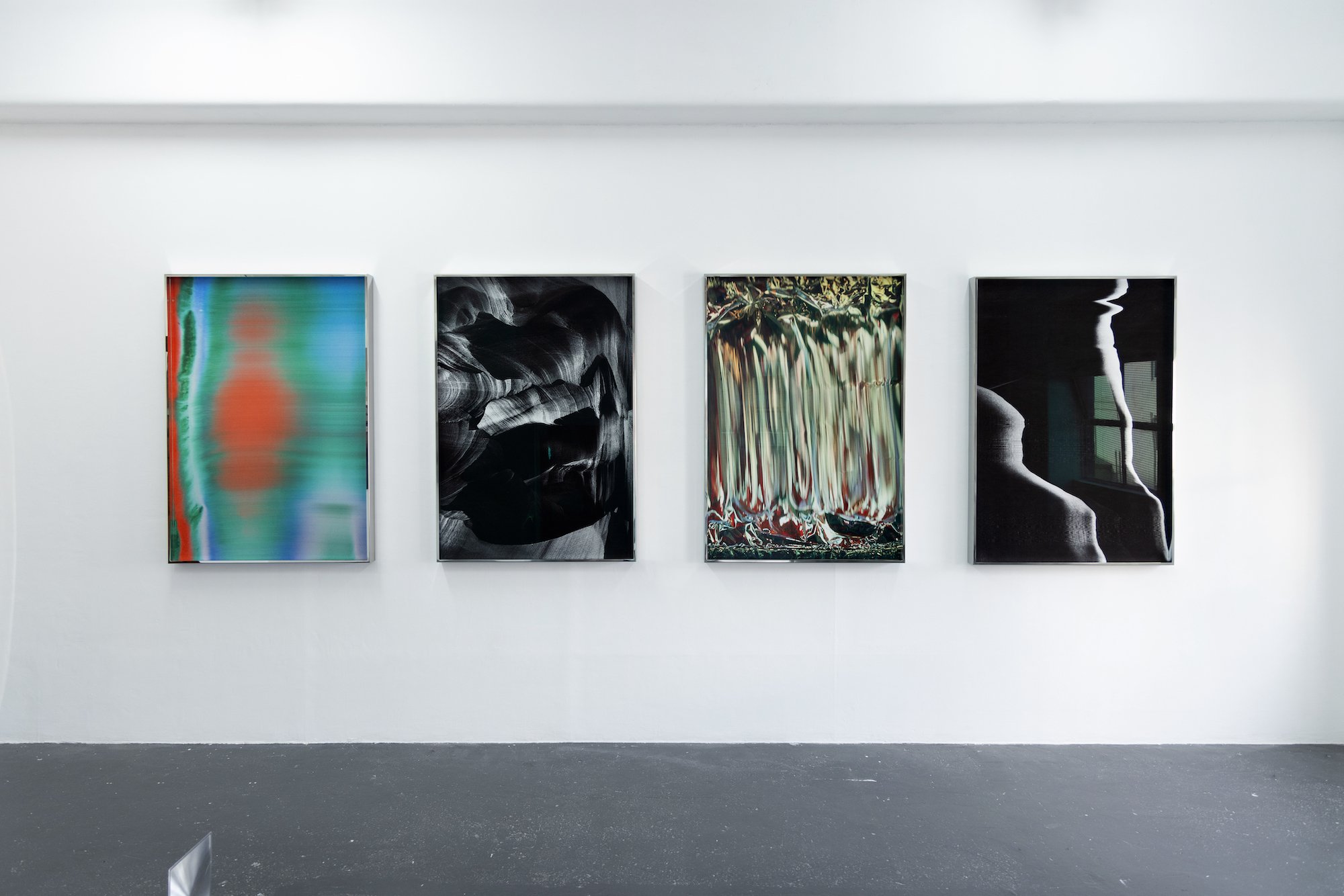
Anti-lens
Essay / Karl Halliday
In Alex Walker and Daniel O’Toole’s exhibition Anti-lens, the map has dissolved into illegibility, leaving us to orient ourselves with sight as our only compass. If the lens focuses, clarifies, defines, the anti-lens degrades, distorts, decenters, detaches from the surface, trespasses the frame and infiltrates into the perceptual fold. Curved reflective sculptures diffract light and cast sculptural forms into the environment and meet our every movement. This heightened sense of embodiment makes the space of perception an active ingredient in our correspondence with the work, images that are as much framed by their edges as they are by the physical dimensions of their surroundings. Context becomes inseparable from content. Call it sight-specific. But this translation from two dimensions to three points our attention to the venue of activity where yet another significant translation takes place.
“Previously the tool was the variable and the human being was the constant, subsequently, the human being became the variable and the machine the constant.” Vilem Flusser
The images in Anti-lens are incomplete, beyond recognition, yet to be realised. Like Rorschach tests, their molten formlessness invites our imagination, our own translation to complete the work, to convert light into language, an act of photo-graphy in the truest sense. The anti-lens does not mirror the world, it mirrors ourselves, stripping the photograph of its seductive smokescreen of symbolism and simulation to expose the noisy entangled circuitry underneath. Here, the act of vision serves as a measure of our own subjectivity, one that reflects our relationship as both consumers and makers in the process of inventing meaning. Walker and O’Toole understand full well what Alan Trachtenberg means when he said “neither photographs nor the experience of them are innocent acts. A photographer never confronts an empty canvas, but always a world already shaped, already understood.” If the lens looks out into the world, the anti-lens reciprocates our gaze and looks within.
Anti-lens is a platform for an exchange, producing a ‘horizontal’ kind of image, an image that interprets us and provides a stage to enact our co-authorship as active participants visually involved in the realisation of the work. The anti-lens is not defined by a visual style but an attitude, one that is empathetic, open, porous, temporal, relational, non-hierarchical. It is a protest to the spirit of objectivity asserted by the lens, a visual model that operates on the painterly principle of single- point perspective, using flattened, monocular tunnel vision to impose a homogenous visual order on how we see and therefore what we see. An empirical rendering of space based upon colonial ideology, the lens enforces a singular ‘corrective vision’ as natural in defence of certain values and narratives, affording no room for ambiguity thus denying the possibility of interpretation or intervention. Walker and O’Toole’s Anti-lens by contrast is kinetic, growing, fertile, fluid, accommodating manifold truths, sometimes convergent, sometimes contradicting, each as legitimate as the next. It is a timely challenge to the documentary status of the photograph and its myth of universal truth, and a step towards a democratic future of the image. Once the map is gone, you will see for yourself.
Karl Halliday is a Naarm-based photographic artist, writer and curator, with a keen focus on lens- based practice, conceptually-driven forms of artmaking, and the intersection of photography and publishing.